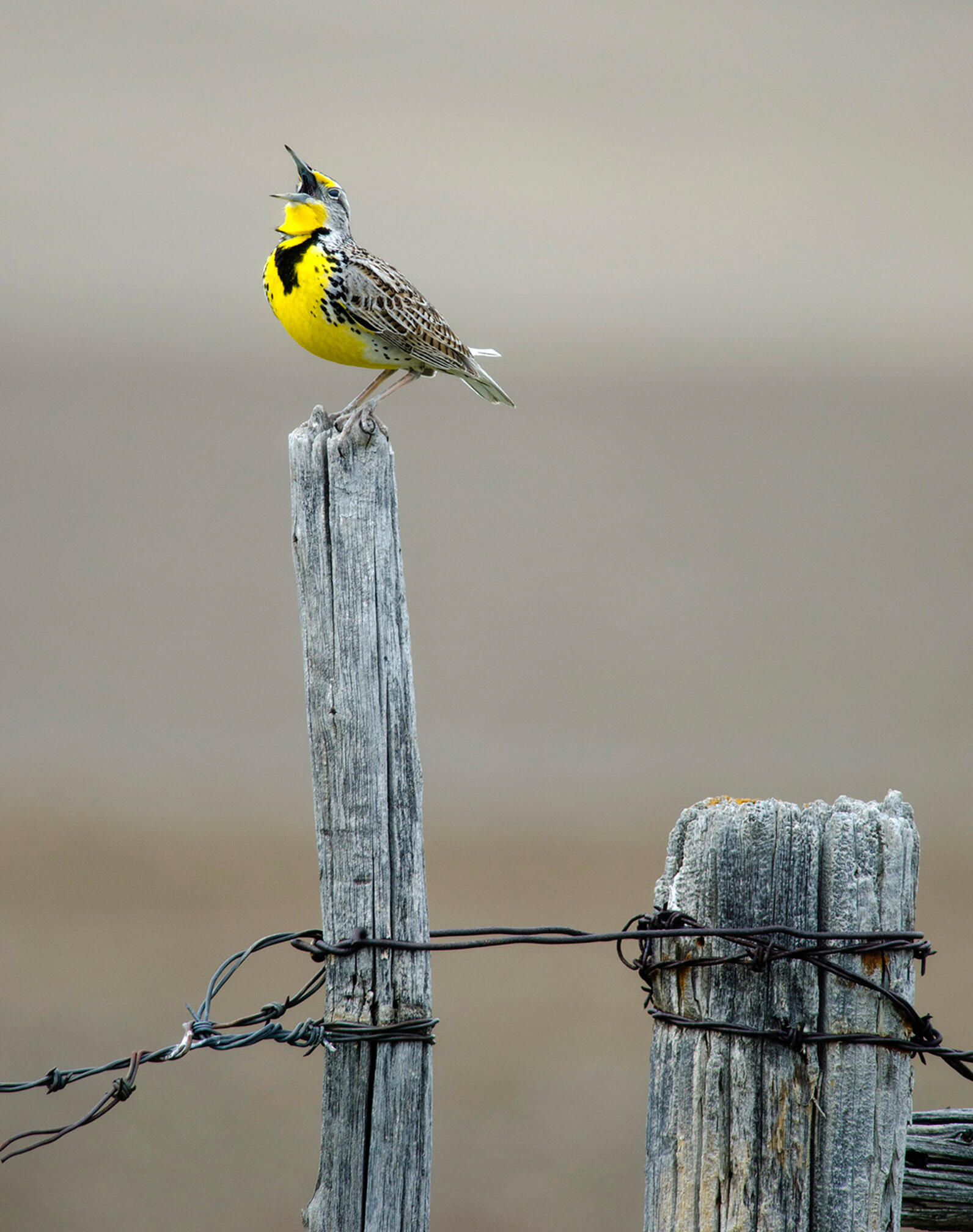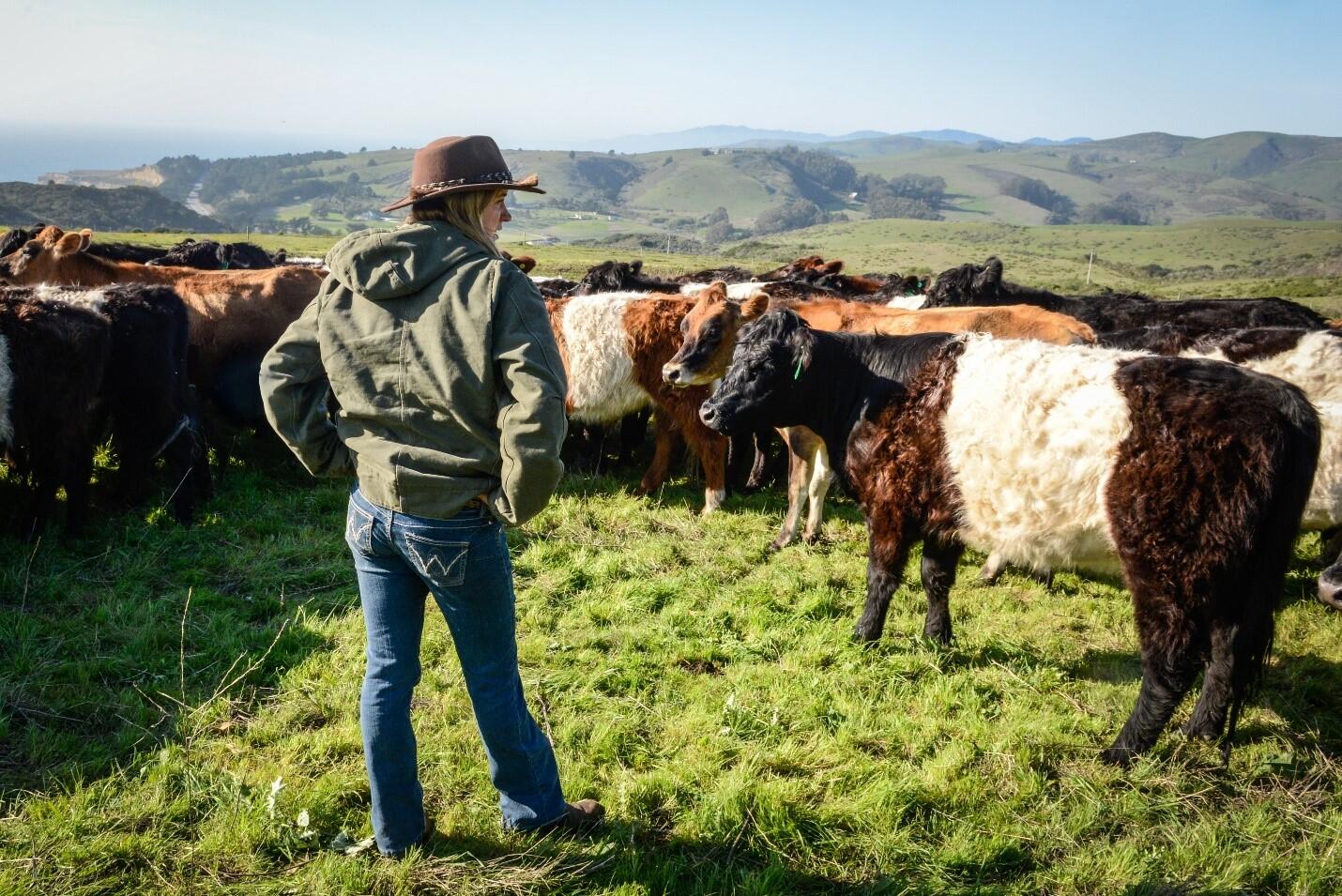
When people think of California, images of the rugged northern coastline, snowcapped Sierra, sunny southern beaches and golden rolling hills come to mind. Sadly, many of these iconic landscapes are threatened by climate change and development, with some of the most rapid transformation happening in our grasslands.
The tens of millions of acres of grasslands in California provide a wide range of benefits and services, including food production, open space, wildlife habitat, carbon sequestration and a way of life for our rural communities. However many of these landscapes are increasingly threatened with fire and drought exacerbated by climate change, and lost to conversion into orchards and vineyards or development into housing. This all but ensures that they will never be restored to open rangelands –and that their value for birds, carbon sequestration and open space is permanently reduced or lost.
Birds tell us the story of the loss of these grasslands. Grassland bird species are the most imperiled in the United States. Recent research led by Cornell University and published in the journal Science put the total loss of grassland birds since 1970 at 53 percent or 700 million fewer grassland birds in just 50 years. Habitat loss is a driving factor in these declines.
But with these startling figures comes a chance for us to change the trajectory of grassland bird populations while at the same time supporting our rural economies, increasing carbon sequestration and water infiltration, and improving the resiliency of our California grasslands. A new bill introduced by Senator Jon Laird (D-Santa Cruz) along with a number of Senate and Assembly coauthors will offer financial incentives from the California Department of Conservation to ranchers and other private landowners to implement grazing practices that restore grassland habitat, soil health and biodiversity on some of California’s most endangered and sensitive landscapes. Senate Bill 322 would establish the California Conservation Ranching Incentive Program as part of the existing California Farmland Conservancy Program to contract with ranchers on lands deemed especially important to preserving grassland birds and other wildlife.

The program would encourage regenerative agricultural practices similar to those promoted by Audubon’s Conservation Ranching initiative (ACR). The program partners with ranchers to adopt techniques including rotation of pastureland and limited use of feeds other than grass itself. The practices allow a variety of native grasses – with their extensive root systems, a potent carbon sink -- to grow and thrive by allowing grasslands to rest and recover. That, in turn, provides habitat for imperiled grassland birds, whose numbers have declined by 50 percent over the past 100 years. In return, ranchers participating in ACR can brand their meat with Audubon’s “Grazed on bird-friendly land” seal, earning up to $2 per pound more for their premium, grass-fed products. Nationally, ACR has enrolled 96 ranches covering 2.3 million acres of land, and Audubon California is in the process of enrolling 17 properties on 70,000 acres. ACR-certified beef is available for sale nationwide online.

Halfmoon Bay-based ACR Rancher Doniga Markegard recently commented, “Our family and our ranching operation is dedicated to finding ways to regenerate the land and our community through practices that rebuild soil, sequester carbon, capture and purify water, and enhance habitat for birds and wildlife. The ACR program allows us to do that, tracking environmental improvements and providing consumers with a way to use their purchasing power to support our work.” Now with potential support from this new bill, more ranchers like the Markegard family can use their land to help recover grasslands birds and healthy ecosystems.




